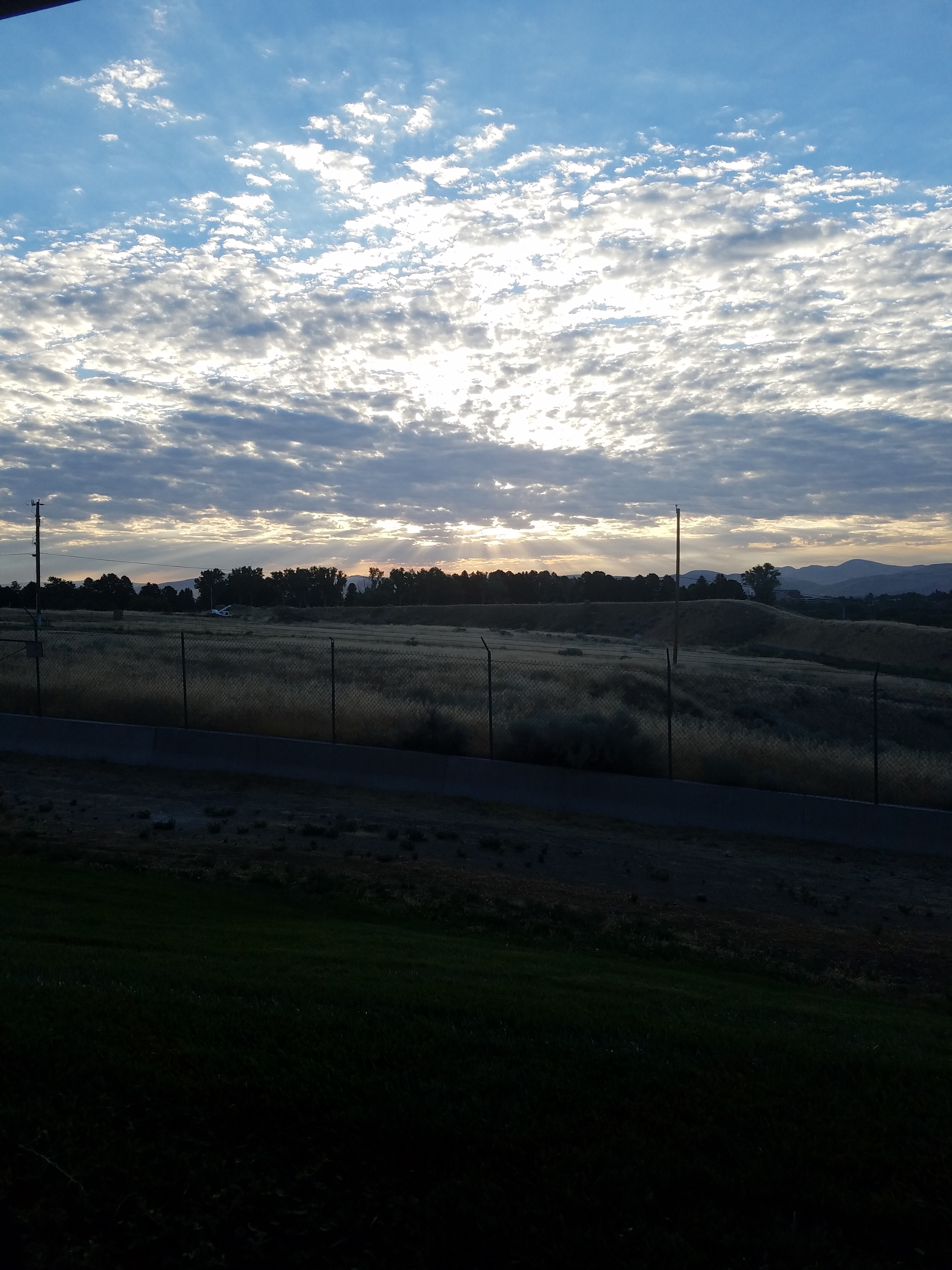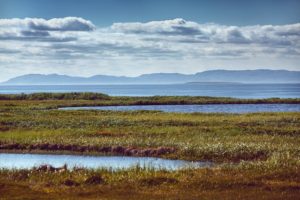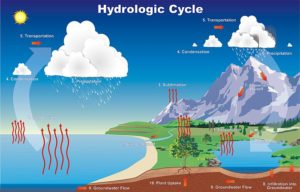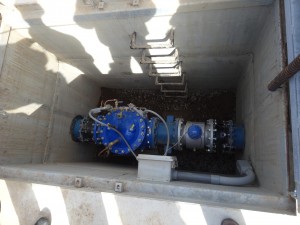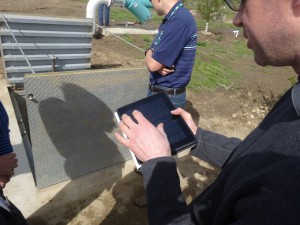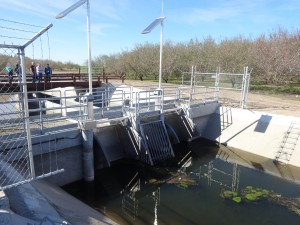National Ground Water Awareness Week brings our attention to the “hot” issues in ground water now focused in Oregon, perhaps surprising to some, in the Klamath Basin.
On March 7, 2013, the Oregon Water Resources Department (“the Department”) issued its Findings of Fact and Order of Determination (“FFOD”), thus ending the administrative phase of the Klamath Basin Adjudication for pre-1909 surface water claims. Once the FFOD was entered, the Department became vested with the power to administer and regulate adjudicated water use rights according to priority of use, meaning that the Department may order junior water users to shut off water use if there is not enough water in the system to satisfy senior users to their full extent. During the 2013 irrigation season, the Klamath Tribes, holding the most senior water rights pursuant to the FFOD, made a call on the water to satisfy the Tribes’ instream adjudicated claims, and the Department sent notice letters to surface water users to regulate all junior surface water uses upstream.
Under Oregon Administrative Rules (“OAR”) Chapter 690, Division 9, the Department has authority to regulate ground water uses against substantial interference with surface water supplies where the use is hydraulically connected to the surface water. All wells located less than ¼ of a mile from a surface water source and producing water from an unconfined aquifer are presumed by the OAR to be hydraulically connected to the surface water source, unless the appropriator provides evidence to the contrary. Wells that pull water from an unconfined aquifer outside the ¼ boundary or from a confined aquifer must be evaluated by the Department for hydraulic connection to surface water sources.
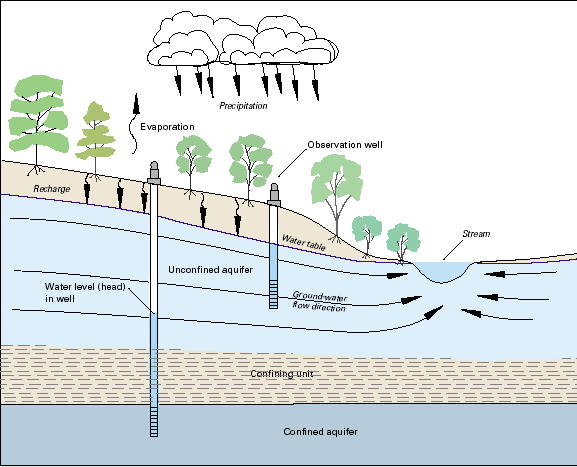
http://pubs.usgs.gov/circ/circ1217/html/boxa.html, at figure A-2
Also by OAR, wells that produce water from a hydraulically connected aquifer are assumed to have the potential to cause substantial interference with a surface source if they are located within one mile of the surface source. In evaluating hydraulic connection in the Klamath Basin, the Department prepared a ground water model.
Recent information indicates that the Department will rely on its regional modeling to establish a presumption that wells within 1 mile of Klamath Lake, Agency Lake or within 1 mile of perennial gaining reaches of streams tributary to Upper Klamath Lake have the potential to cause substantial interference with the aforementioned surface sources (“gaining” reaches of streams are those that have increased flow as a result of ground water contribution to surface stream flows). Consequently, according to the OAR, these ground water uses will be subject to control (or regulation) by the Department.
Anticipating that the Department will begin shutting off wells within the “presumed” surface water connection boundary, Oregon Representative Gail Whitsett and Oregon Senator Doug Whitsett sponsored identical bills to add provisions within the Oregon Revised Statutes to protect ground water users by requiring the Department to tie regulation of a particular well or proposed well to scientific evidence that is specific to that use, rather than relying on a presumed surface water connection or a presumption created by a regional model. The full text of Senate Bill 1572 and House Bill 4044 can be accessed by following the links below.
https://olis.leg.state.or.us/liz/2014R1/Downloads/MeasureDocument/SB1572
https://olis.leg.state.or.us/liz/2014R1/Downloads/MeasureDocument/HB4044
The main focus of the bills was to require written notice prior to any action by the Department to regulate ground water use rights as a result of adjudicated claims, based upon the presumption of surface water interference and general regional modeling. The notice must be supported by the report of a qualified hydrologist finding a specific hydrologic connection between the well location at issue and the point of appropriation for the senior water use right. The supporting report must find that regulation of the ground water use would have a measurable effect on exercising the senior water use right. The bills also sought to prohibit the Department from amending a proposed final order to include additional supporting information following a request for hearing, and allow for collection of attorney’s fees by the water right applicant or water right holder under various circumstances.
Unfortunately, neither bill was passed during the 2014 regular session. The House bill was given a hearing, but no vote! Senator Whitsett and Representative Whitsett discussed their efforts during the February 21st Oregon Cattlemen’s Association’s Quarterly Meeting, and reported that they intend to reintroduce the bills during the next legislative session.
Thus, the OARs will continue to place the burden on the ground water user to prove a negative in the case of a senior surface water call: that their well is not hydraulically connected to the nearest surface source.
Stay tuned to Schroeder Law Offices’ Water Law Blog as we follow the progression of this important legislation.

